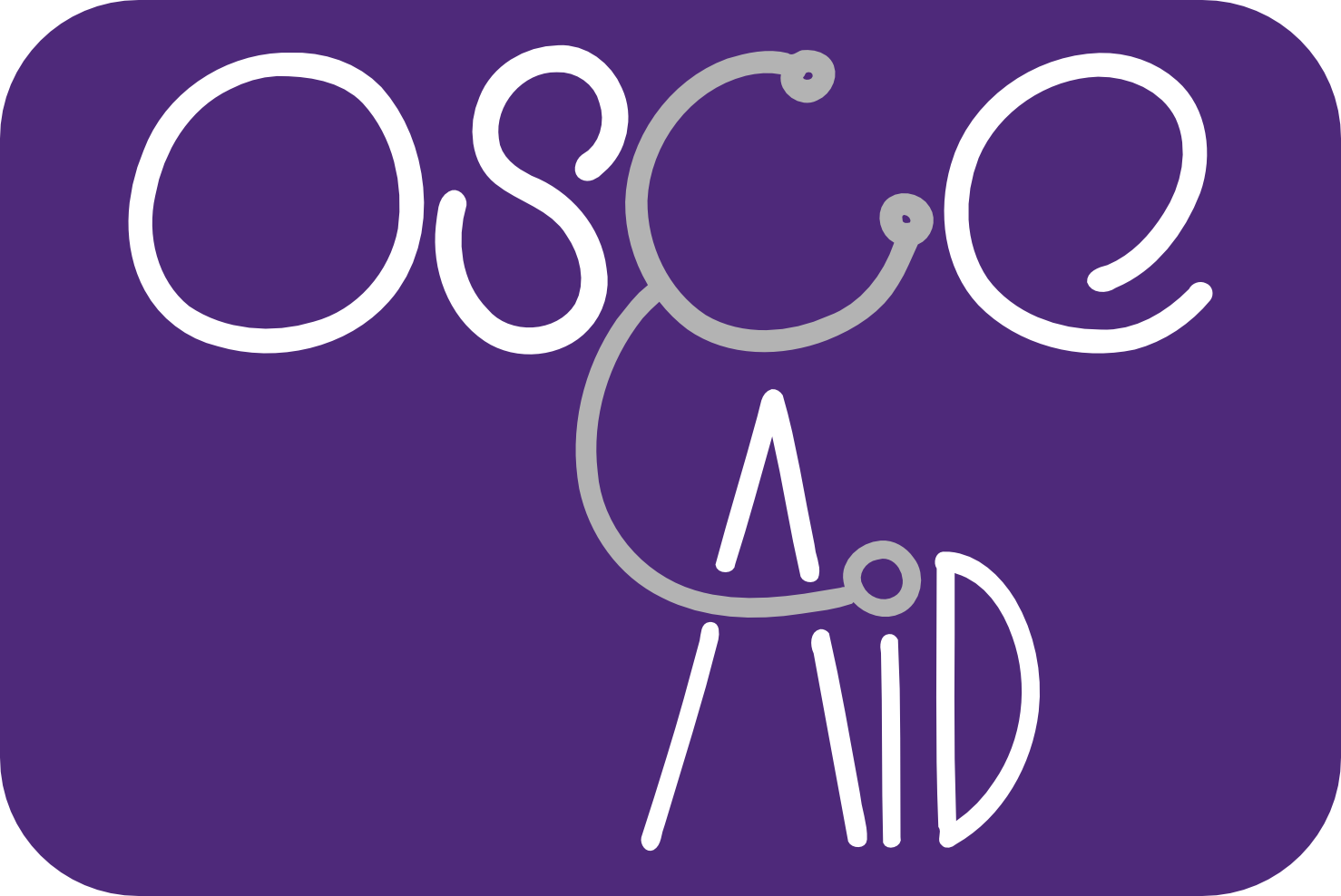Communication Skills: Explaining Post-Exposure Prophylaxis (PEP)
Post exposure prophylaxis: the use of a therapeutic agent to prevent infection following exposure to a pathogen
Potential OSCE station: a medical student was taking a blood test from a patient, and accidentally pricked himself with the needle he had just used on the patient. You are his house officer, and he has come to see you about this. Please discuss this with him and explain the next actions he should take.
A needlestick injury
- Initial management of a needlestick injury is important. Directly after event one should:
- Dispose of the sharp safely
- Rinse the wound in water and squeeze the area to remove any additional blood
- Do not use antiseptic or bleach - this could make it worse
- Do not put the area in your mouth
- Inform consultant in charge and the Occupational Health department if it is in working hours, or the Accident and Emergency department if it is out of hours.
- A needlestick injury carries the risk of an infection transferring from the donor (in this case, the patient) to the recipient, if the donor has an infection. It is usually appropriate to reassure the medical student that the risk of transmission is low. At this stage, it is usually not even known if the patient has a blood-bourne infection. The risk of getting HIV from a needle stick injury is 0.3% (Hepatitis B is 30%, Hepatitis C is 1.8%) if the donor is known HIV/Hep B/Hep C positive.
- Next, it is necessary to evaluate the risk of transfer of infection, by taking into account:
- The injury itself: volume of blood lost by the student, depth of needle into the skin, type of needle used
- The patient's risk factors for having a blood-bourne infection: is the patient known to have a blood borne virus? Is he/she at a high risk of infection (e.g. IVDU, sexual history)?
- The student's risk of an infection: have they had the Hepatitis B vaccine? Have they ever been tested for HIV?
Blood tests
- It is then necessary to arrange for blood testing of both parties if they consent
- If the donor (patient) is conscious, they need to be consented to have bloods taken for Hepatitis B, Hepatitis C and HIV (antigen/antibody/viral load). Occupational Health departments also sometimes want VDRL (Syphilis) serology. The recipient of the needlestick should not be the person to do this. Preferably another member of the team should explain the incident to the patient and explain that they would like to take some blood to check for infections which might have been transmitted to the recipient. Ask if the donor (patient) would like to know the results as well? If the donor is unconscious, wait to consent when they wake up. You cannot take their blood for testing without permission for this.
- Test for: HIV, Hep B, Hep C, Syphilis
- The recipient (student) should also have a serum save taken. This will be kept in the lab and only tested should the donor show an infection. This is done so that it can be proved whether or not the recipient had any pre-existing blood-bourne infections
Prophylaxis:
- Now, the recipient (student) needs to speak with the Occupational Health Department (or A&E. Until the results of the blood tests are known, prophylactic medication will be offered, to reduce the risk of a transfer of infection. Usually prophylactic medication for HIV is only offered if the donor has specific risk factors
- Hepatitis B prophylaxis:
- If the recipient has not been given their Hepatitis B vaccine and the donor is known Hepatitis B 'e' antigen positive (i.e.: highly infective), then start on immunoglobulin and give accelerated course of vaccinations
- If the recipient has already had vaccine but has not had a recent booster (<6months), then the can recieve a booster of the vaccine after the incident
- HIV prophylaxis:
- If the donor has a risk of HIV infection then it is best to start the prophylaxis <72 hours after exposure, but it can be given up to 2 weeks post exposure. the sooner given, the better the outcome
- The treatment duration is 28 days
- The treatment should taken twice a day
- It usually includes zidovudine, lamivudine and nelfinavir - 2x NNRI and 1x PI. give 3 to cover for risk of resistance to HIV medication
- Side effects include: nausea, vomiting, diarrhea, myalgia, headaches, fatigue. Despite these it is important to continue treatment.
- Advise safe sex and not to donate blood during this period
Follow-up:
- Explain that if the donor didn't consent to the blood tests, or if the donor had any positive results from the blood tests, then the recipient (student) should have follow up.
- The recipient should be retested at 2 weeks, 1 month, 3 months and 6 months
- They will check for side effects and compliance and do blood tests: FBC, Us and Es, LFTs
- HIV, Hep B and Hep C at 3 months and 6 months
- Occupational Health can also advice them about counselling and support if required
- Ask if the student has any questions and inform them of the methods to contact Occupational Health for further assistance
written by: celine_lakra; joel_cunningham, first posted on: 1/03/12, 17:00
Downloads / Links
Comments:

POSTED ON: 01/07/17, 06:06
Make a Comment:
Please login before posting a comment. If you don't yet have an account on osce-aid.co.uk, you can register for FREE by clicking here.



